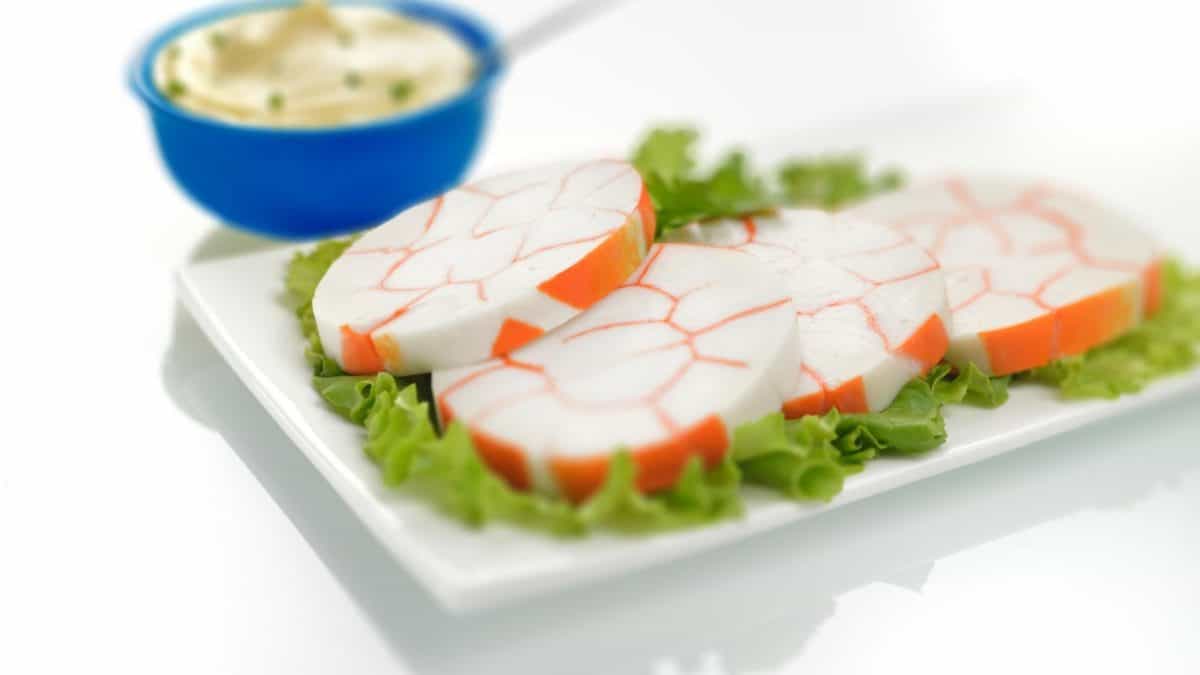Surimi VS Jaiba: What’s The Difference?
Many people have asked me, “what’s the difference between surimi and jaiba?” Is it the same? Yes……and no.
Jaiba is Spanish for crab, surimi is Japanese for a flavorless fish paste. The paste is often used to make kanikama, known as imitation crab sticks or surimi sticks. Jaiba can also be used to refer to imitation crab. So, jaiba and surimi are sometimes used in the same way.
In this article, I’ll explore all the nuances of these differences.

Cangrejo is the most used word for crab in the Spanish language and stands for the saltwater crab. Jaiba is used for the freshwater crab, but sometimes it’s also used to describe the imitation crab.
Imitation crab is made of whitefish, pounded into a paste, and washed several times until the order and flavor are almost completely gone.
Also read: this delicious and slightly sweet surimi kanikama salad is perfect for your party
This flavorless paste is called surimi, and it’s used in many Japanese fish cakes like kamaboko and kanikama.
Depending on the seasonings used, the paste can be made to resemble the flavor of different types of seafood.
Kamaboko, for example, is made with fish sauce and mirin and made to taste like fish, while kanikama surimi sticks are made with crab extract or other shellfish to taste like crab.
So surimi actually refers to the paste, not the sticks. It’s only in the West that surimi is often synonymous with crab sticks.
So referring to imitation crab sticks as “surimi” or as “jaiba” is both technically incorrect.
Also read: the EXACT difference between kani, kanikama, surimi, and snow crab explained
Check out our new cookbook
Bitemybun's family recipes with complete meal planner and recipe guide.
Try it out for free with Kindle Unlimited:
Read for freeJoost Nusselder, the founder of Bite My Bun is a content marketer, dad and loves trying out new food with Japanese food at the heart of his passion, and together with his team he's been creating in-depth blog articles since 2016 to help loyal readers with recipes and cooking tips.


